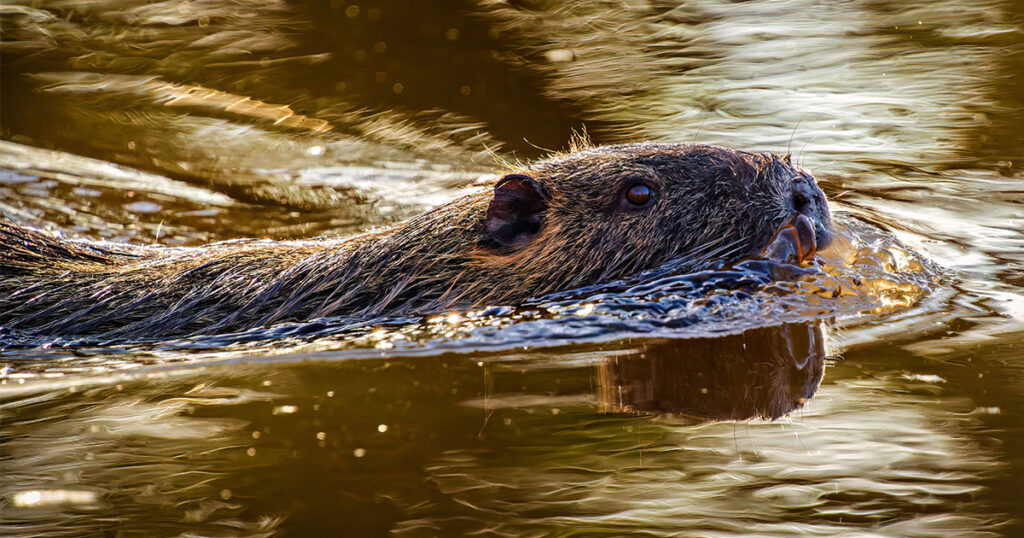MABE Assistant Professor Andrew Dickerson was on a hike in Oregon with his dog in 2016 when his most recent published research topic came into clear view.
His dog, Izzie, was covered in mud and Dickerson wondered how he would be able to clean her before they got back to the rental car. By the time they arrived, most of the mud was gone.
“It was amazing,” Dickerson said. “I started thinking how I’ve never seen a furry animal with a bunch of dirt and debris accumulating on its fur.”
That led to Dickerson collaborating with Milos Krsmanovic, a recent PhD graduate of the University of Central Florida, and Ranajay Ghosh, an associate professor in mechanical and aerospace engineering at UCF, to produce, “Fur flutter in fluid flow fends off foulers.” The study explores inorganic fouling, which is the accumulation of non-living materials on a surface. It sought to uncover why mammal fur demonstrates high resistance to fouling unlike some other surfaces.
The project, which was funded by the National Science Foundation, was published this week in the Journal of the Royal Society Interface. Dickerson’s group infers that mammal fur flexibility and its ability to deform or change shape reduces flow stagnation and increases surface strain, thereby resisting foulers, which consist of unwanted debris and organisms.
“We still don’t know all the answers or have a complete picture,” Dickerson said. “What we figured out is that the complete picture is a lot more complicated than just to point to a single mechanistic variable for staying clean.”
To offer a practical example, Dickerson points to beavers and sea otters. They are constantly surrounded by particles and materials, yet rarely show any sign of collecting of dirt. Compare that to the bottom of a boat or dock in a lake, which can become slimy, sticky or have organisms growing on them.
“Some animals spend ninety percent of their life wet and have an enormous surface area and don’t accumulate additional mass by dirt, bacterial films, or algae films,” Dickerson said. “You would think that would be the perfect playground for microorganisms to colonize, but it doesn’t happen. That is very scientifically interesting to me.”
In their project, Dickerson and his colleagues exposed fur and synthetic fibers to the “worst-case scenario” in the lab. They used titanium oxide to dirty the fibers and compared them to see if they could tease out any individual variables that contribute to remaining clean.
They noticed one factor was dynamic motion. Fur fibers are constantly flexing when mammals move or swim to shed foulers and dirt. They are “deforming in flow.”
Using this knowledge to create ways to keep surfaces cleaner is of great value. Fouling can slow ships down, spread invasive species, sink buoys, and corrode water pipes. Although some cleaning options are already available already, none are a “silver bullet.”
“Finding a solution is of value to a number of different industries,” Dickerson said. “I don’t know if we will have any fur-lined pipes or bottom of ships any time soon, but maybe we can find something about surface deformation to shed any type of fouler.”
Dickerson hopes more research will be done to build off what was learned through his work. He believes piecing together as much information as possible can lead to great discoveries.
“I don’t think we have unraveled this mystery. I think the mystery is ongoing,” he said. “But I think we’ve demonstrated some key parts to this whole thing and provided the scientific community some different ways to think about all the variables that could come into play.”
Contact
Rhiannon Potkey (865-974-0683, rpotkey@utk.edu)
